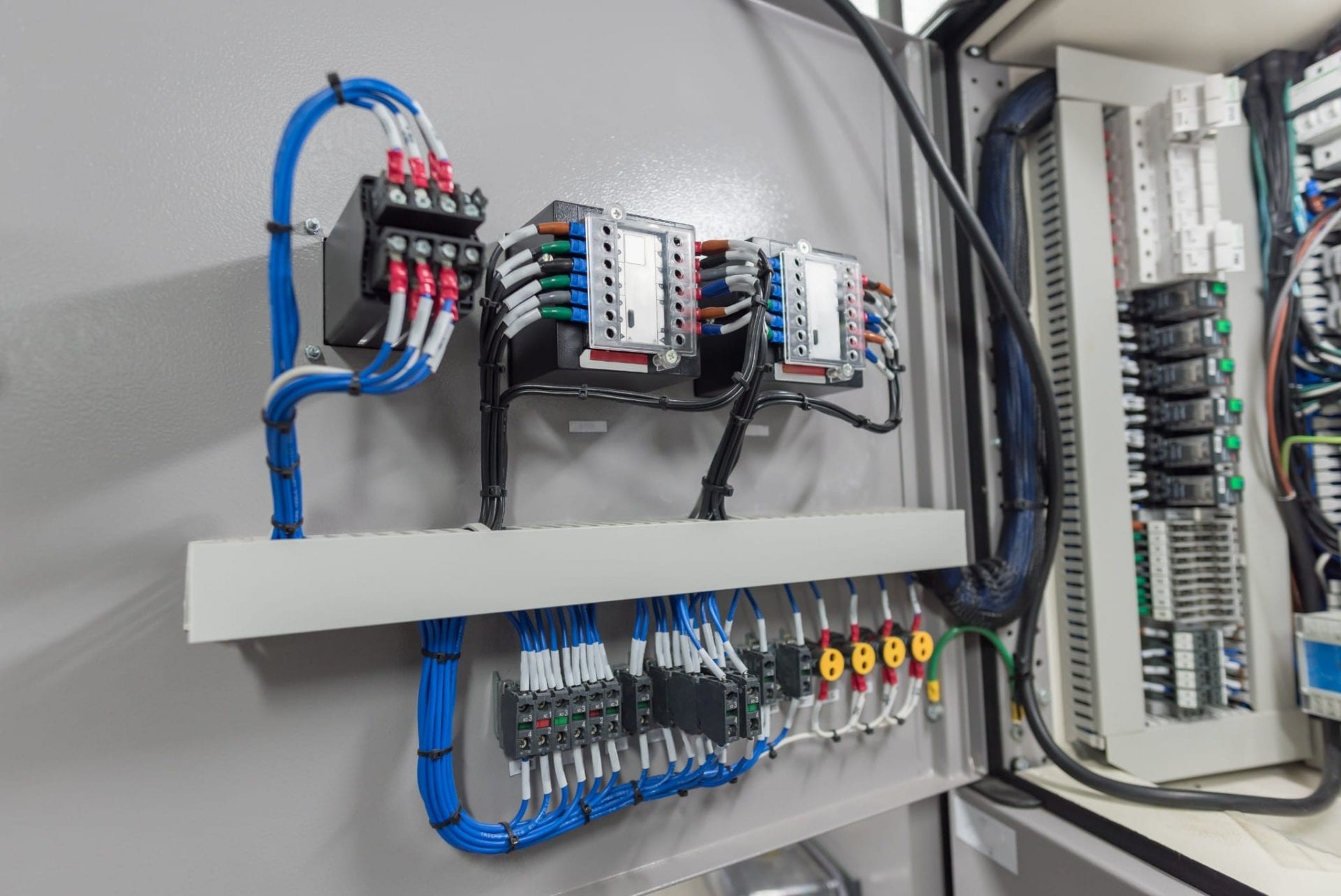A Step-by-Step Beginner's Guide to Electrical Wiring

The electrical wiring is an essential element of every home, and understanding it is essential for every homeowner. It is not just important to ensure the efficient running of your house however, it is crucial for your security. In this article, we will go over the fundamentals of electrical wiring and the importance of safety as well as the benefits of employing a licensed residential electrician for all electrical wiring needs.
Understanding Electrical Wiring Basics
Electrical wiring is the system of electrical conductors that runs through your home, carrying electric power to appliances or devices as well as lighting fixtures. It functions by creating electrical circuits which connect the sources of power to your devices. Circuits for electrical power are comprised of switches, wires along with other electronic components, which work together to create a safe and functional electrical system. There are various kinds of electrical wiring, such as copper, aluminum, and different types of wire insulation, such as PVC or rubber.
Preparation and Planning for Electrical Wiring
Before installing new electrical wiring, there are many things to think about, including the kind of wiring you need, the capacity that your electric system can handle and your power needs. In addition, it is essential to be aware of the electrical rules and regulations for wiring as well as the permits that are required in your region. To be prepared for electrical wiring, design an electrical plan, and then assess your electrical requirements. This will make sure that the electrical wiring is secure, efficient, and meets your power requirements.
Materials and Tools Required to conduct electrical wiring
When installing new electrical wiring it is essential to have the right equipment and materials on hand. Essential tools include strippers, wire cutters, pliers, as well as an electrical voltage tester. Other materials needed to conduct electrical wiring comprise electrical tapes, wire nuts conduit, as well as electrical box. It is also helpful to be equipped with a wiring diagram to guide you through the process of installing.
Step-by-Step Guide for Electrical Wiring Installation
Installation of electrical wiring can be an intimidating process, but with the right tools and knowledge, it can be done safely and efficiently. Here is a step-by-step guide to installing new electrical wiring at home:
Shut off the power source to the area where you will be working.
Create a wiring plan and mark where the wiring will be positioned.
Install electrical conduits and electrical boxes wherever needed.
Cut and strip the wires to the correct length.
Make sure you connect the cables to your devices or fixtures that you’re wiring.
Connect the wires by using wiring nuts, electrical tape or even conduit straps.
Test the wiring to ensure that it’s working properly.
During the installation process, it is important to follow the best wiring installation practices and tips. Also, be aware of the common mistakes that you should avoid while installing wiring for example, overloading circuits, using wires that are damaged as well as using the wrong kind of wire to accomplish the task.
Troubleshooting Electrical Wiring Problems
Even with careful design as well as installation problems can arise. Common issues include circuit overloads, wiring damage and electrical shorts. To troubleshoot these problems it is essential to know about common electrical wiring problems and understand how to efficiently and safely tackle the issue. It is also essential to follow electrical safety procedures when troubleshooting electrical wiring issues including shutting off the power and wearing appropriate safety gear.
Conclusion
In conclusion, understanding how your electrical wiring is wired in your home is crucial for your safety and for the proper operation that your electric system provides. It is crucial to engage an authorized electrician to make sure your wiring is installed and maintained properly. At Electrician Adelaide SA, we provide various electrical services that include electrical wiring repair and installation. Contact Electrician Adelaide SA at 1300 272 584 for all of your electrical wiring needs.
Electrical Wiring FAQ
Here are some frequently asked questions related to electrical wiring, along with additional safety tips and best techniques for electrical wiring installation and repair:
What kind of wire do I need to use to wire my electrical circuit?
The kind of wire you should use for your electrical wiring depends on the specific requirements of your home and the local building codes. It is essential to choose the correct wire gauge as well as the appropriate insulation type and wire material to ensure safety and efficiency for your wiring system.
Can I install myself my own wiring for electrical use?
Although it is possible to build your own electrical wiring, it’s important to have the right skills and knowledge to complete the task effectively and safely. In most cases, it is recommended to hire an experienced electrician to ensure that your wiring is installed and maintained correctly.
How often do I need to inspect my electrical wiring?
It is recommended to examine your electrical wiring at least every 10 years, or when you observe indications of electrical issues, such as frequent circuit breaker trips or electrical shocks.
What should I do if I find electrical wiring issues in my house?
If you observe any electrical wiring issues within your home, like flickering lights or outlets that won’t work, it’s crucial to fix them right away. Shut off power to the area affected and contact an authorized electrician to assess and repair the issue.
If you follow these guidelines and best methods, you can be sure that your electrical wiring is safe and functioning in a safe manner. Remember to prioritize safety and consult with a licensed electrician whenever you need to. Reach out to Electrician Adelaide SA at 1300 272 584 to discuss all of your electrical wiring needs.
